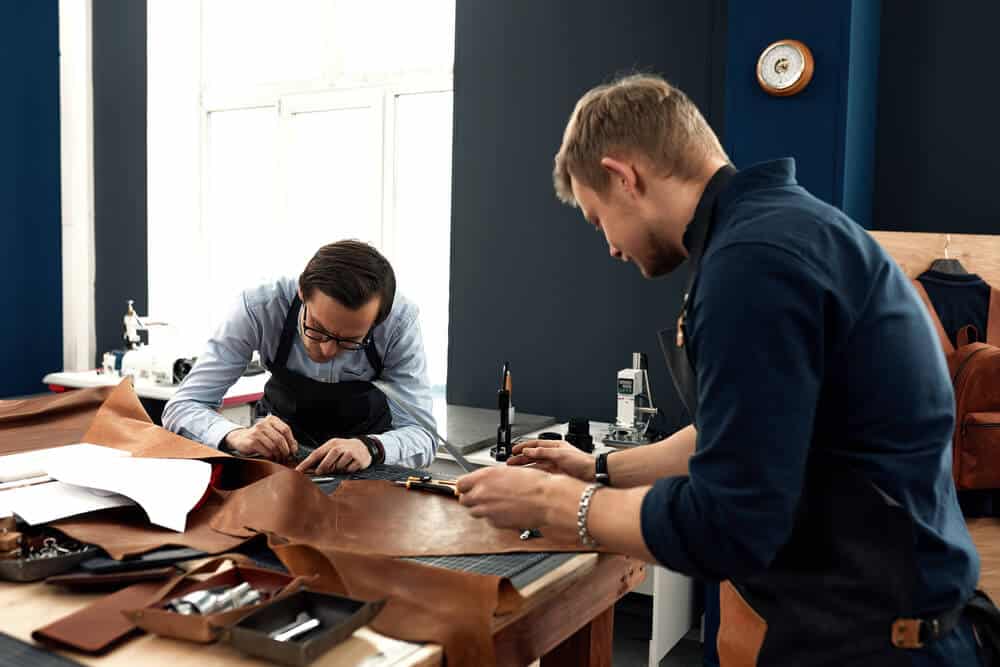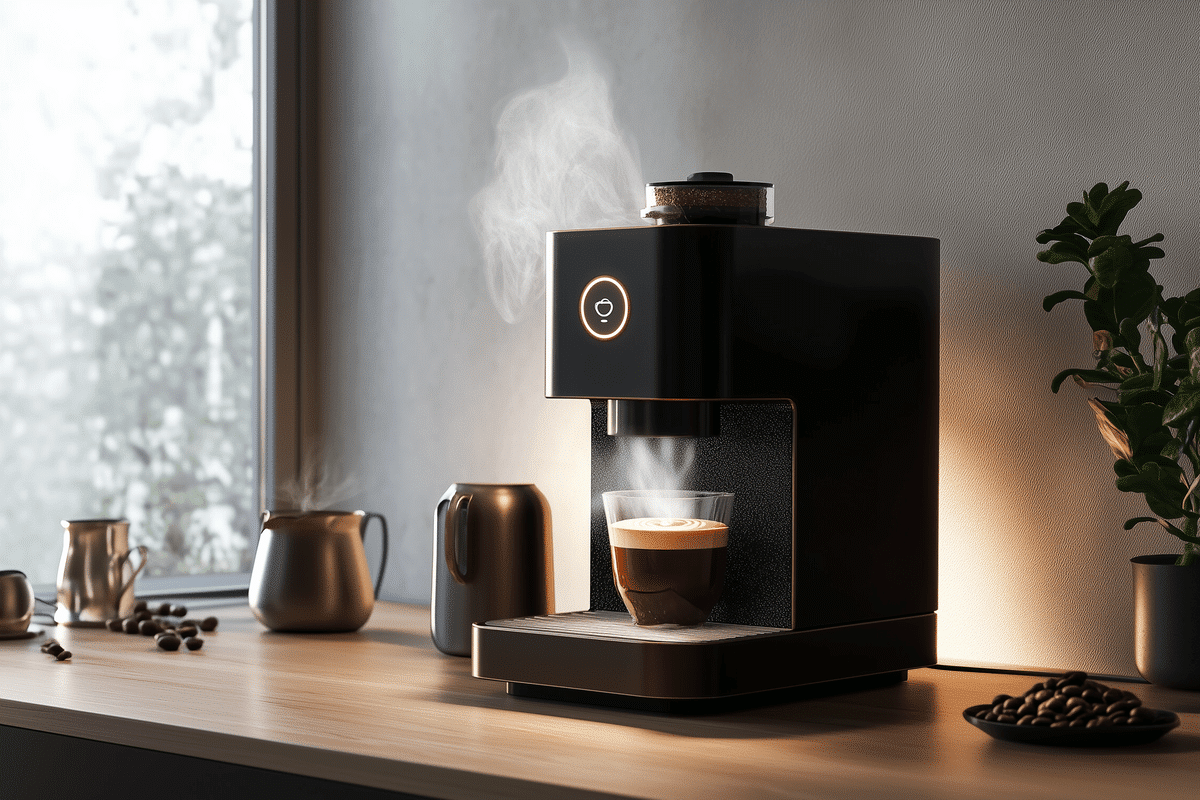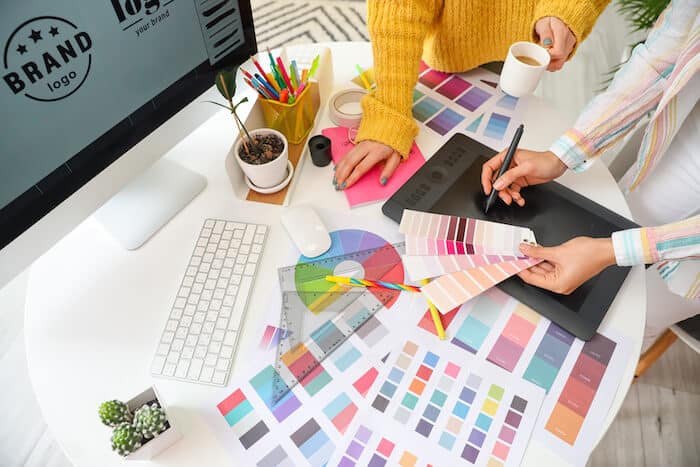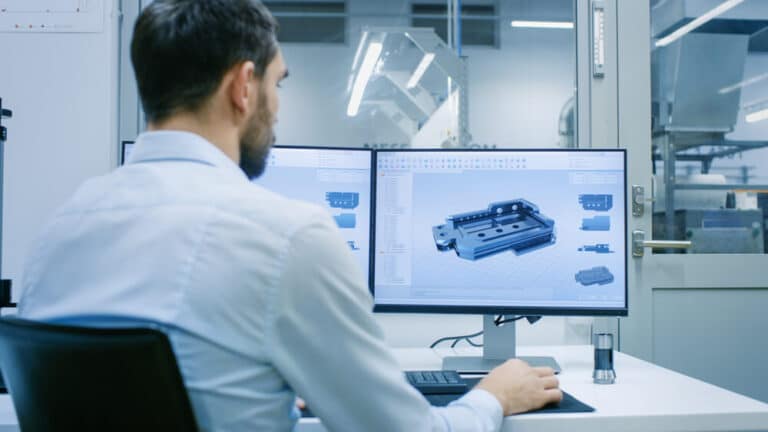Consumer product design is a critical process that combines psychology, ergonomics, and market insight to determine a product’s success. This guide explores how effective product design can enhance user experience and differentiate a brand in a competitive market. We’ll examine the key principles driving good design and its impact on both consumers and businesses.
Key Takeaways
- Consumer product design integrates consumer needs, functionality, aesthetics, technology, and market trends to create products that resonate with users and reinforce brand identity.
- The product development process progresses from ideation to mass production, incorporating user feedback and iterations to meet customer expectations.
- Protecting intellectual property through patents and trademarks is crucial for maintaining market differentiation and long-term product success.
The Essence of Consumer Product Design
Consumer product development drives innovation by creating products that solve real-world problems while appealing to target audiences. It goes beyond aesthetics, incorporating future technology, global trends, market shifts, and user behavior insights into every aspect of a product. This comprehensive approach enhances user experience and strengthens brand identity.
Effective consumer product design involves:
- Understanding consumer psychology
- Anticipating long-term needs
- Delivering satisfaction through tangible products
- Navigating complex market dynamics
Defining the Scope
Setting clear boundaries is essential for project success in product design. A well-crafted project scope statement guides designers and stakeholders through development, ensuring the final product aligns with its intended goals. This helps prevent scope creep and keeps teams focused on objectives.
The scope statement clarifies project parameters, manages risks, and establishes success benchmarks while considering market demands.
Identifying User Needs
Product designers use various research methods to understand their target audience’s desires. These include:
- In-person interviews
- Ethnographic studies
- Creation of buyer personas
These methods provide deeper insights than standard surveys. Designers must also consider the market’s cost threshold and ensure the product’s value aligns with consumer expectations. Design choices should cater to both everyday and exceptional use cases.
Prioritizing Functionality and Aesthetics
Balancing functionality and aesthetics is crucial in product design. A successful product must perform its intended tasks effectively while appealing to the consumer’s senses. Key considerations include:
- Durability
- Ergonomics
- Emotional appeal
- Brand loyalty promotion
Achieving this balance differentiates great products from good ones. Every design decision should contribute to a harmonious consumer experience where form and function complement each other.
The Journey of Product Development
Product development is a multi-stage process that transforms ideas into market-ready products. The journey includes:
- Initial concept generation
- Prototyping
- Testing
- Product launch
This process requires creativity, meticulous planning, and a commitment to user experience. Product designers must remain adaptable, ready to modify their creations based on user feedback and evolving market needs.
From Concept to Prototype
The transition from concept to prototype is a critical phase in product development. It involves translating ideas into tangible forms that can be tested and experienced. A functional prototype serves as a proof of concept, validating the design and setting the stage for further refinement.
This step is crucial for optimizing the design and ensuring the final product meets both functional requirements and user expectations.

Usability Testing Insights
Usability testing provides valuable insights that guide designers towards creating products that resonate with users. By observing real people interacting with prototypes, designers can identify:
- User behavior patterns
- Preferences
- Pain points
This process drives iterative design improvements, enhancing the product’s competitiveness in the market. The continuous feedback loop ensures that the final product is not only functional but also intuitive and user-friendly.
Preparing for Mass Production
As the product nears mass production, collaboration across teams becomes essential. Designers, engineers, and marketers must work together to ensure the product meets quality standards and user expectations. Extensive testing is crucial at this stage to mitigate risks of costly redesigns and secure a strong market position.
Industrial Design: Crafting the Consumer Experience
Industrial design focuses on creating products that provide a positive user experience through every interaction. This discipline combines innovation with empathy to produce products that:
- Function effectively
- Connect with consumers emotionally
- Balance aesthetic appeal and practical utility
- Address various use cases
Industrial designers consider factors such as durability for daily use and refinement for specialized tasks to create meaningful and memorable product experiences.
Integrating Market Trends
Staying informed about market trends is essential for creating relevant and desirable products. Companies can leverage cross-functional teams to incorporate diverse perspectives and respond quickly to changing consumer preferences. Tools like SWOT analysis help designers understand the competitive landscape and identify opportunities for product differentiation.
Embracing sustainable design principles can provide a competitive advantage, appealing to environmentally conscious consumers.
Material and Technology Selection
Selecting appropriate materials and technologies is fundamental to product development, influencing performance, aesthetics, and costs. Designers must consider:
- Durability and safety requirements
- Alignment with brand identity and market trends
- Tactile and visual characteristics
- Environmental impact and product lifecycle
These decisions significantly impact the user experience and overall product success.
Sustainable Design Practices
Sustainability has become a key consideration in modern product design. Designers are increasingly choosing recyclable materials and prioritizing renewable resources to minimize environmental impact. This approach not only appeals to environmentally conscious consumers but also contributes to long-term brand value.
Intellectual Property in Consumer Product Design
Protecting intellectual property is crucial in product design. Patents, trademarks, and copyrights safeguard unique creations, allowing companies to maintain their competitive edge. This protection encourages innovation by ensuring that original designs remain exclusive to their creators.
Securing Patents and Trademarks
The process of securing patents and trademarks is essential for protecting innovations. Key steps include:
- Conducting thorough patent searches
- Maintaining confidentiality during development (e.g., using non-disclosure agreements)
- Filing for appropriate intellectual property protections
This proactive approach to intellectual property management preserves a company’s investment and supports future innovation.
Competitive Advantage Through IP
Intellectual property protection offers several competitive advantages:
- Creating market exclusivity
- Preventing imitations
- Attracting investors
- Facilitating partnerships
- Enabling premium pricing strategies
These benefits help businesses establish and maintain a strong market position.
Principles of User-Centered Design
User-centered design prioritizes user needs throughout the product development process. This approach involves:
- Early and continuous user engagement
- Development of user personas
- Focus on user tasks and goals
- Creation of intuitive interfaces
Incorporating user-centered design principles ensures products are user-friendly and meet consumer expectations.
Aligning with Brand Identity
Product design plays a crucial role in reinforcing brand identity. Every design element should communicate the company’s values and ethos, fostering trust and loyalty among customers. This alignment enhances the consumer experience and strengthens the product’s market position.
The Business Impact of Good Product Design
Effective product design drives business success by enhancing customer satisfaction and operational efficiency. Well-designed products can:
- Command premium market positions
- Foster customer loyalty
- Generate positive reviews and word-of-mouth marketing
Investing in design is essential for long-term business growth and market competitiveness.
Enhancing Customer Satisfaction
Products that seamlessly blend form and function often exceed customer expectations, leading to:
- Increased revenue
- Stronger brand loyalty
- Positive customer reviews
In today’s competitive market, prioritizing design excellence is crucial for success.
Product Performance in the Marketplace
Well-designed products with strong intellectual property protection can generate additional revenue through licensing and franchising opportunities. This strategic approach can expand market reach and solidify a product’s presence across various demographics and regions.
Leveraging Technology in Product Design
Emerging technologies such as augmented reality and advanced software platforms are revolutionizing product design. These tools streamline the design process, reduce costs, and open new avenues for innovation. Embracing these technologies enables designers to create cutting-edge products that meet evolving consumer needs.
Innovation through Emerging Technologies
Artificial intelligence and machine learning are transforming product design by:
- Automating aspects of prototype and layout generation
- Speeding up the design process
- Reducing resource requirements
- Enabling more precise and efficient innovation
These advancements help companies achieve cost savings and gain a competitive edge in the market.
Keeping to Timelines and Budgets
Adhering to timelines and budgets is crucial in product development. Key strategies include:
- Defining clear objectives and strategic roadmaps
- Coordinating cross-functional teams effectively
- Implementing strategic vendor management
- Conducting regular budget analyses
These practices ensure products meet design and performance targets while staying within financial and time constraints.
Creating Products That Resonate
Consumer product design is a complex and dynamic process that requires innovation, empathy, and strategic thinking. By leveraging technology, protecting intellectual property, and focusing on user-centered design, companies can create products that resonate with consumers and achieve market success. Understanding and implementing these principles is essential for designers and businesses aiming to make a lasting impact in the competitive landscape of consumer products.

Frequently Asked Questions
How does consumer product design differ from other types of design?
Consumer product design differs from other types of design by focusing on creating products that not only solve practical problems but also resonate on an emotional level with target audiences, considering factors like market trends, user needs, and aesthetic appeal.
Why is defining the scope important in product design?
Defining the scope is important in product design because it helps prevent scope creep, ensuring the project stays focused and aligned with the original goals and vision, and facilitates risk management and resource estimation.
What role does usability testing play in product development?
Usability testing plays a crucial role in product development by gathering user feedback to inform design decisions and ensure the product is user-friendly and meets consumers’ needs. This ultimately enhances the product’s market success.
How does intellectual property contribute to a product’s success?
Intellectual property contributes to a product’s success by protecting unique designs, preventing imitations, and allowing companies to maintain a competitive edge in the market, leading to increased investor attraction, premium pricing strategies, and additional revenue opportunities through licensing and franchising.
Why is leveraging technology important in product design?
Leveraging technology in product design is crucial because it streamlines the design process, reduces costs, and enables the creation of innovative features. Embracing these technologies helps designers meet consumer needs and stay competitive in the market.
Bring Your Consumer Product to Life
Gembah understands the importance of exceptional consumer product design in capturing your target audience’s attention and loyalty. Our experienced designers will guide you through the entire product development journey, from concept to completion.
We’ll help you protect your intellectual property, integrate emerging technologies, and align your design with your brand identity. Partner with Gembah to bring your product vision to life and experience the transformative impact of good design on your business success.



